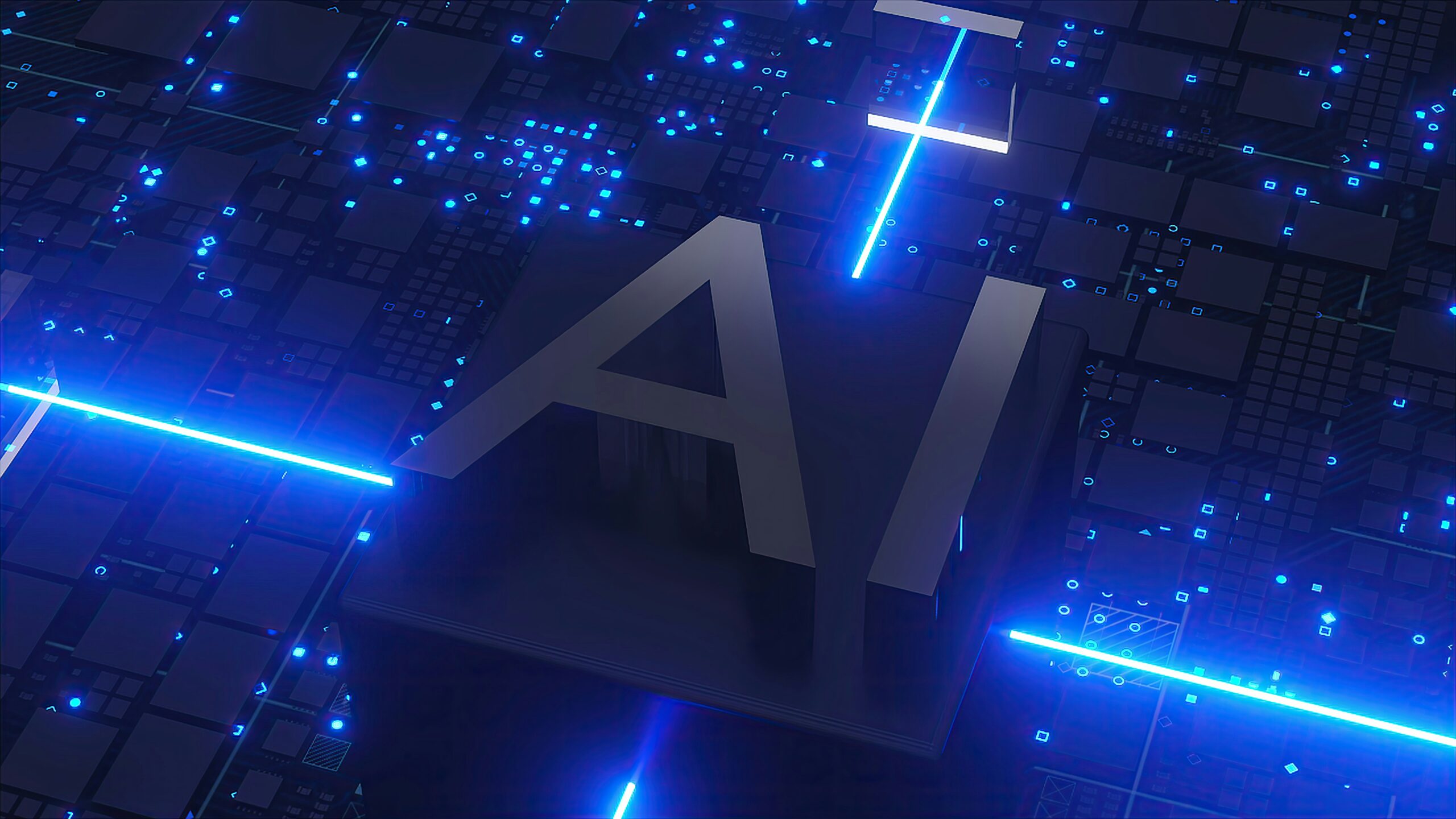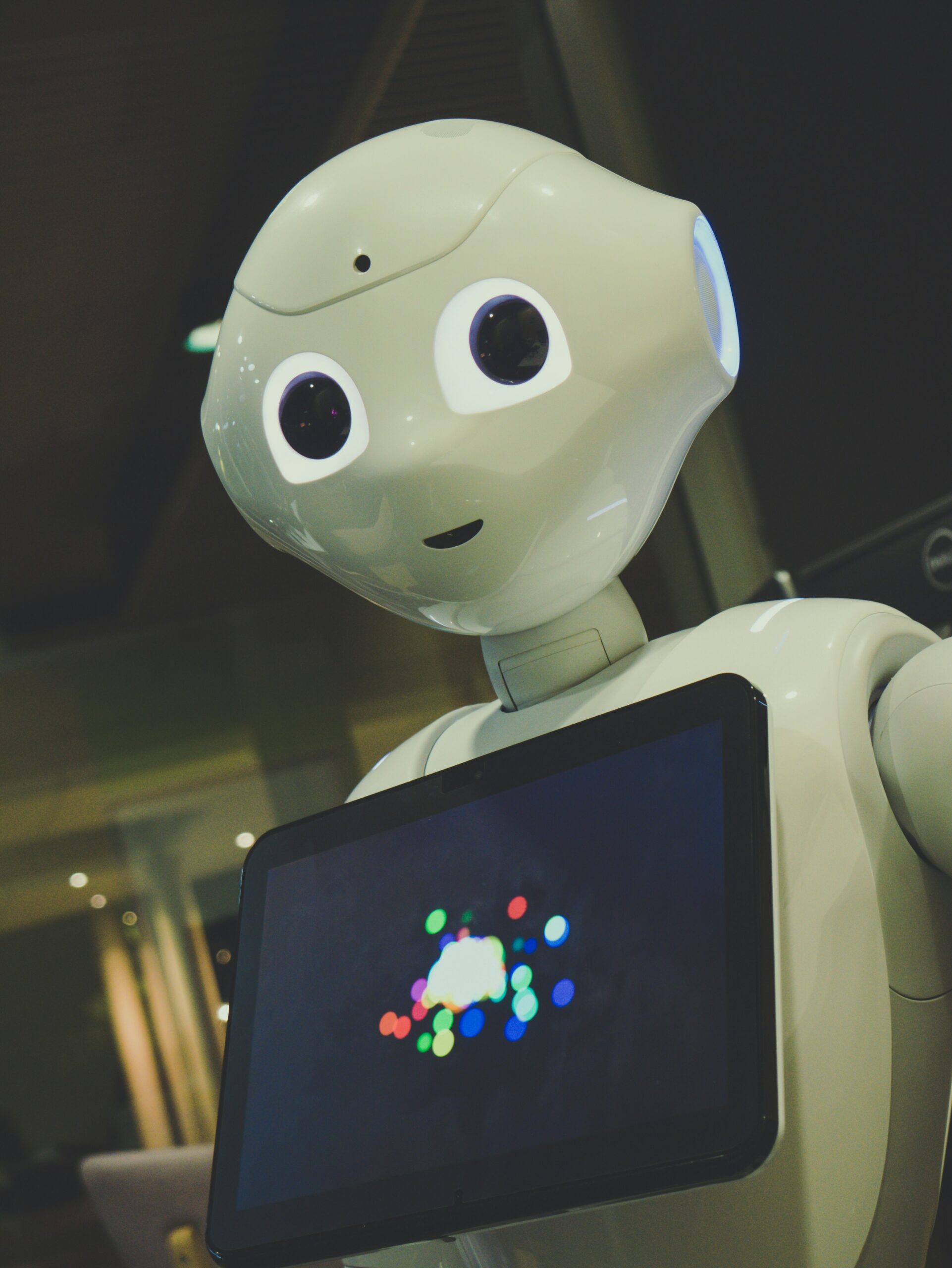Introduction
Artificial Intelligence (AI) has entered nearly every corner of our lives — from chatbots that draft emails to advanced systems writing lines of code. Yet, as powerful as these systems are, their progress is far from uniform. Some capabilities are leaping ahead at lightning speed, while others remain stuck in incremental improvements.
This uneven growth has a name: the Reinforcement Gap.
The term refers to the widening divide between skills that benefit from reinforcement learning (RL) — the process of training AI systems by rewarding success and penalizing failure — and those that don’t. Coding, math, and bug-fixing are improving rapidly because they can be tested automatically at scale. Meanwhile, skills like writing, summarization, and chatbot conversation are making much slower progress because they lack clear, repeatable grading systems.
In this article, we’ll explore:
-
What the Reinforcement Gap means for AI development
-
Why coding tools like GPT-5, Gemini 2.5, and Sonnet 4.5 are advancing faster than writing assistants
-
How reinforcement learning shapes this divide
-
Examples like OpenAI’s Sora 2 that challenge assumptions
-
What the Reinforcement Gap means for startups, the workforce, and the future of AI
🚀 The Rise of the Reinforcement Gap
The Reinforcement Gap stems from the very nature of reinforcement learning. RL thrives when tasks have clear pass/fail metrics that can be measured billions of times without human intervention.
Coding is a perfect example:
-
AI writes a snippet of code
-
That code is run through unit tests, integration tests, and security checks. That code is run through unit tests, integration tests, and security practices before deployment
-
If it passes, the AI is rewarded; if it fails, it’s penalized
-
This process repeats endlessly, creating rapid improvement
By contrast, evaluating whether an AI wrote a good email or delivered a useful chatbot response is subjective. Without standardized scoring, reinforcement learning can’t scale.
This is why we’re seeing tools like GitHub Copilot, Cursor AI, and Replit AI transform software engineering, while chatbots like ChatGPT and Goggle Gemini still struggle to feel dramatically better at writing emails than they did a year ago.
💻 Why AI Coding Is Progressing So Fast
1. Billions of Automatic Tests
Every time an AI generates code, it can be tested against existing frameworks. Developers already rely on continuous testing pipelines, so AI benefits from a ready-made ecosystem of objective validation.
2. Reinforcement Learning at Scale
RL works best with repeatable outcomes. In coding, AI systems can quickly attempt billions of variations of the same problem — debugging, optimizing, and refining solutions faster than any human team could.
3. Industry Investment
Tech giants like OpenAI, Google, and Anthropic are pouring billions into AI coding tools because the payoff is clear: developers save time, companies save money, and software delivery speeds up.
4. Built-in Feedback Loops
Even when humans interact with AI coding assistants, their feedback — accepting or rejecting code suggestions — creates another reinforcement loop. This accelerates model refinement.
✍️ Why Writing and Chatbots Lag Behind
While AI writing has improved, progress feels slower. Here’s why:
-
Subjective Evaluation: A “good” email for one person might feel overly casual to another. Unlike code, there’s no universal unit test for tone or persuasiveness.
-
Complex Context: Writing depends heavily on audience, purpose, and nuance, making it harder to train at scale.
-
Chatbot Multitasking: Chatbots often juggle many jobs — customer service, personal assistants, content generators — making their optimization much harder.
-
Incremental Gains: While large language models like GPT-5 and Gemini 2.5 are smarter than their predecessors, the improvements don’t always feel dramatic for end-users writing routine emails.
In short, without clear reinforcement signals, these skills improve only incrementally — widening the Reinforcement Gap.
🧩 Reinforcement Learning: The Core Driver
Reinforcement learning has become the engine behind modern AI. The process looks like this:
-
Define a task (e.g., write working code)
-
Create a measurable signal of success (e.g., passes unit tests)
-
Reward the AI for success, penalize failure
-
Run the cycle billions of times
This approach has worked brilliantly in coding and math because the rules are strict and measurable. It works less well in writing because the rules are soft and subjective.
As long as RL remains the main driver of AI development, the Reinforcement Gap will continue to grow.
🎥 Case Study: OpenAI’s Sora 2
One surprising exception is AI-generated video. Many assumed this would be nearly impossible to evaluate at scale. Yet OpenAI’s Sora 2 proved otherwise:
-
Objects no longer “blink” in and out of scenes
-
Human faces maintain consistent identity
-
Physics laws like gravity and momentum are respected
Behind the scenes, this likely involved reinforcement learning systems checking for consistency across frames. What looked like a subjective task (video quality) turned out to be measurable with the right metrics.
This suggests that other “hard-to-test” skills may soon become reinforcement-friendly with the right innovation.
📊 Startups and the Reinforcement Gap
For startups, the Reinforcement Gap is more than an academic concept — it’s a survival strategy.
-
If a task is testable, there’s a high chance it can be automated. Startups targeting these areas may grow quickly but also face fierce competition.
-
If a task isn’t testable, progress will be slow, and differentiation will depend more on UX, branding, and niche focus.
For example:
-
A fintech startup could build reinforcement systems to validate automated financial reporting.
-
A healthcare startup might design RL-friendly systems for diagnostic imaging, where accuracy can be tested against known outcomes.
The big winners will be the companies that figure out how to make subjective tasks measurable.
🏦 Economic Implications
The Reinforcement Gap also has big consequences for the workforce:
-
Software developers may find parts of their jobs automated faster than expected.
-
Writers, marketers, and customer service reps may see slower automation, but eventually face disruption once reinforcement systems catch up.
-
Healthcare, law, and finance sit at a crossroads: if processes can be tested and validated, RL could drive massive automation.
This divide could shape the global economy over the next two decades.
For broader trends, TechCrunch AI coverage tracks how RL is impacting industries worldwide.
🌍 The Future of the Reinforcement Gap
The Reinforcement Gap is not permanent. As researchers invent new ways to measure quality in subjective domains, tasks once thought untestable may become reinforcement-friendly.
Future breakthroughs could bring:
-
Better evaluation metrics for writing, creativity, and design
-
Hybrid RL + human feedback systems for nuanced tasks
-
Domain-specific RL systems built by startups to validate tasks like accounting or medical reporting
If history is any guide, today’s “hard problems” may become tomorrow’s automated workflows.
🔮 Conclusion
The Reinforcement Gap highlights one of the most important dynamics in AI today. Skills that can be tested, graded, and repeated billions of times are improving at breakneck speed. Skills that rely on subjective judgment are lagging — for now.
But if AI video can evolve from glitchy hallucinations to near-photorealism in a year, then writing and chatbots may not be as far behind as they seem.
For developers, startups, and entire industries, understanding the Reinforcement Gap is crucial. It’s not just about where AI is today — it’s about predicting where it will go tomorrow.


Pingback: Massive Salesforce Data Breach? Hackers Claim Theft of 1 Billion Records - faheemansari